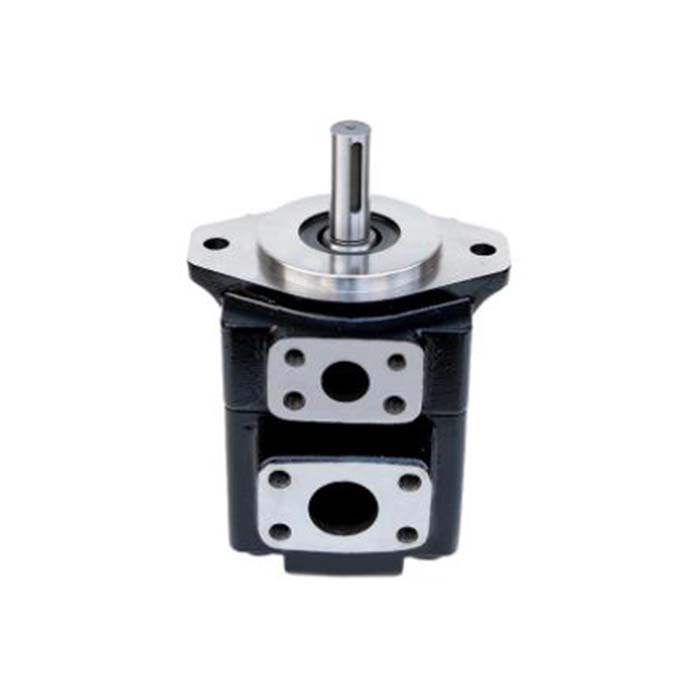How do hydraulic pumps work
How do hydraulic pumps work?
A hydraulic pump is a mechanical device that converts mechanical power into hydraulic energy by generating flow with
sufficient power to overcome the pressure induced by the load. It performs two essential functions during its operation.
Firstly, the mechanical action of the pump creates a vacuum at the pump inlet, allowing atmospheric pressure to force
the liquid from the reservoir. Subsequently, the pump pushes the liquid through the inlet line and into the pump.
Secondly, the mechanical action of the pump delivers this liquid from the pump outlet and forces
it into the hydraulic system, enabling the transfer of energy to the load.
What are the most common types of Hydraulic Pumps?
There are three common designs of hydraulic pumps: Vane Pumps, Gear Pumps, and radial piston pumps.
All these designs are well-suited for various hydraulic applications, but the piston design
is particularly recommended for higher-pressure requirements.
Most pumps used in Hydraulic Systems are positive-displacement pumps.
This means that they deliver a consistent amountof liquid for each rotation cycle of the pumping element.
The delivery per cycle remains relatively constant, regardless of changes in pressure.
Positive-displacement pumps can be categorized as fixed displacement or variable displacement.
A fixed displacement pump maintains a constant output during each pumping cycle and at a given pump speed.
On the other hand, altering the geometry of the displacement chamber enables a variable displacement pump to adjust its output.
Fixed displacement pumps, also known as screw pumps, operate quietly, making them ideal for applications such as
theatres and opera houses. Variable displacement pumps are particularly suitable for circuits that utilize hydraulic
motors or where variable speeds or the ability to reverse is necessary.
Saivs brand
- ZD Hydraulic Directional Control Valves
- 5/8/10/15/20/25/30/50 tons used capstan winches
- Hydraulic control check valve rexroth Z2S6 Z2S10 Z2S16 Z2S22 Z2S22-1-52/V
- A6VM160~500/A6VE160/A7VO28~500 Rexroth Hydraulic Pump Parts
- T6E high pressure VELJAN T6 denison single vane pump
- AZPG series Rexroth Gear Pumps
- Mini Electric Material Handling
- Tyre Changer
- Rexroth Hydraulic relief valve DBDS6P DBDS15 DBDS6A
- AZPU series Rexroth Gear Pumps
